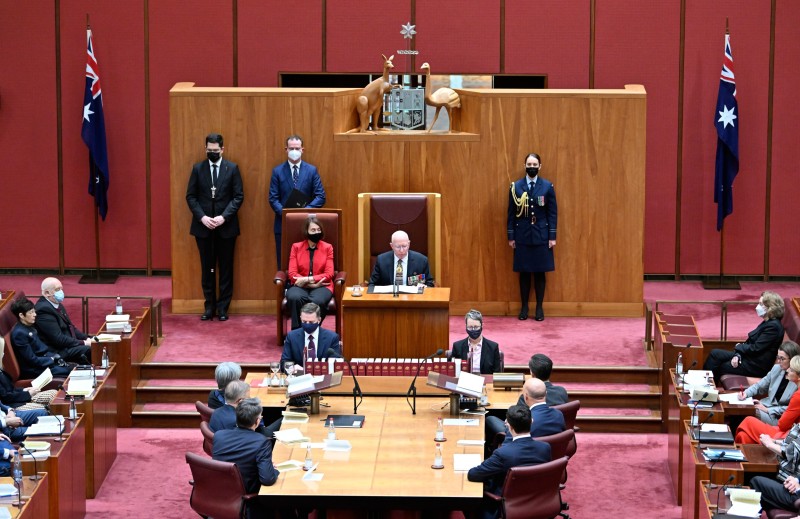Who has more power, the Prime Minister or the Governor-General?
Thank you for a very interesting question.
In our system of government, the Prime Minister and Governor-General have different roles and different powers.
The powers of the Prime Minister come from the fact that they are the leader of the Australian Government. These powers include:
- making day-to-day decisions about how Australia is run
- selecting members of the government to be ministers
- representing the Australian Government overseas
- advising the Governor-General about constitutional issues, as well as the appointment of ambassadors and justices of the High Court of Australia.
The Governor-General is the King’s representative in Australia. The Australian Constitution gives the Governor-General powers to help ensure Australia is governed by the rules set out in the Constitution. For example, once a bill – proposed law – is passed by the Senate and House of Representatives, it can only become a law if the Governor-General assents – agrees – to it on behalf of the King. The Governor-General may recommend changes to a bill; however, no Governor-General has ever refused to give Royal Assent.
The Governor-General delivers his opening of Parliament address.

Penny Bradfield/DPS Auspic
Description
The end of a T-shaped table is shown with a number of people in suits sitting around it. There is a raised platform with a man sitting in a large wooden chair speaking into a microphone. A woman is sitting in a high backed chair to the left of the man speaking. Three people stand behind the chairs under a wood and metal representation of the Australian coat of arms.
Permission should be sought from DPS AUSPIC for third-party or commercial uses of this image. To contact DPS AUSPIC email: auspic@aph.gov.au or phone: 02 6277 3342.